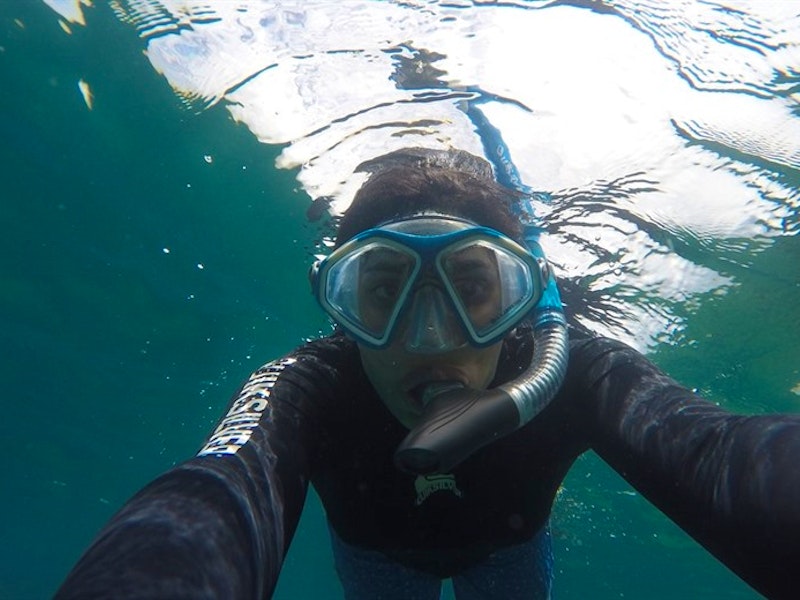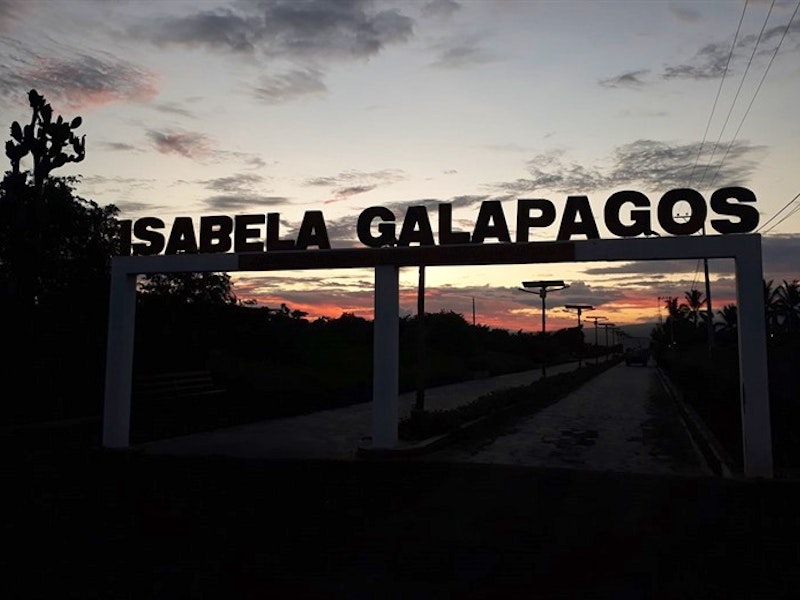
The Galapagos, with its unique eco-system and abundance of wildlife is a frequent entry onto travel bucket lists, and it’s not hard to see why, as Rainbow Tours’ Seema Kapur discovered on a recent tour of the islands…
Lots of people choose to explore the islands on a cruise: trips can vary from 16 - 100 passengers on board and the ships range in luxuriousness. The Galapagos National Park is very involved with the conservation of the islands, and the cruise itineraries can be quite regimented. Cruise ships are the best option if you want to travel to the outermost islands, but another option to get a more varied experience combining wildlife and culture is a land-based island-hopping trip, which is what I chose. I spent six nights in total on three different islands, which I felt gave me a real overview of the Galapagos.
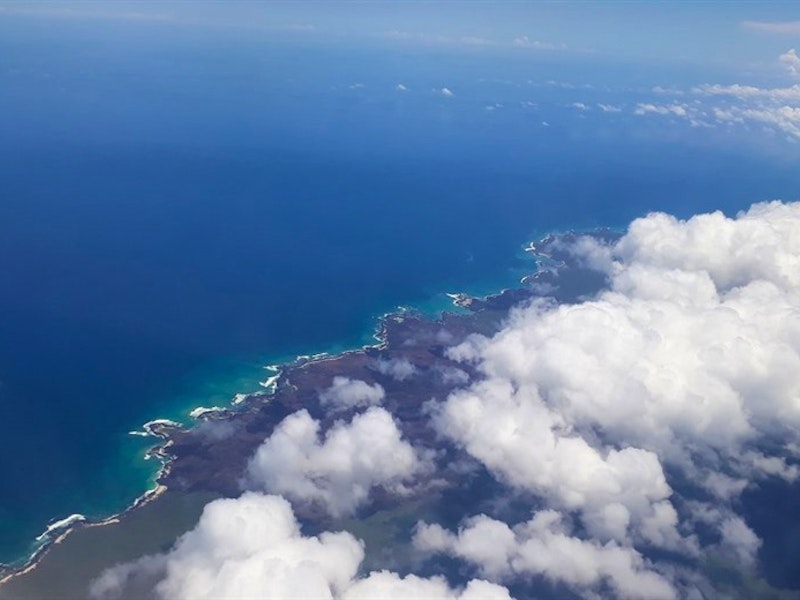
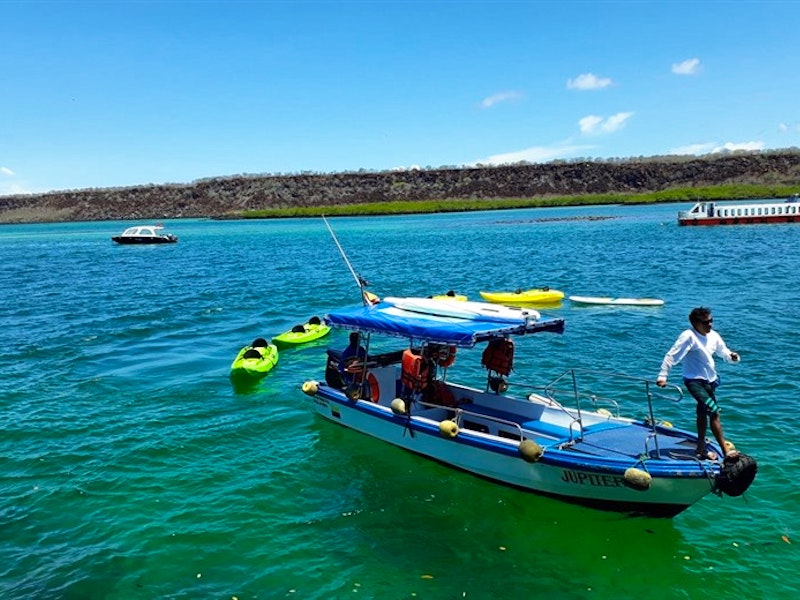

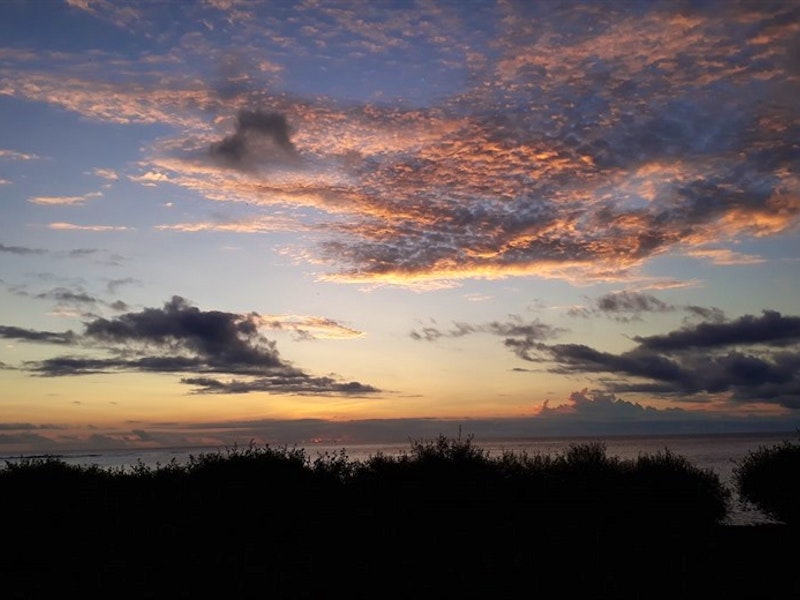
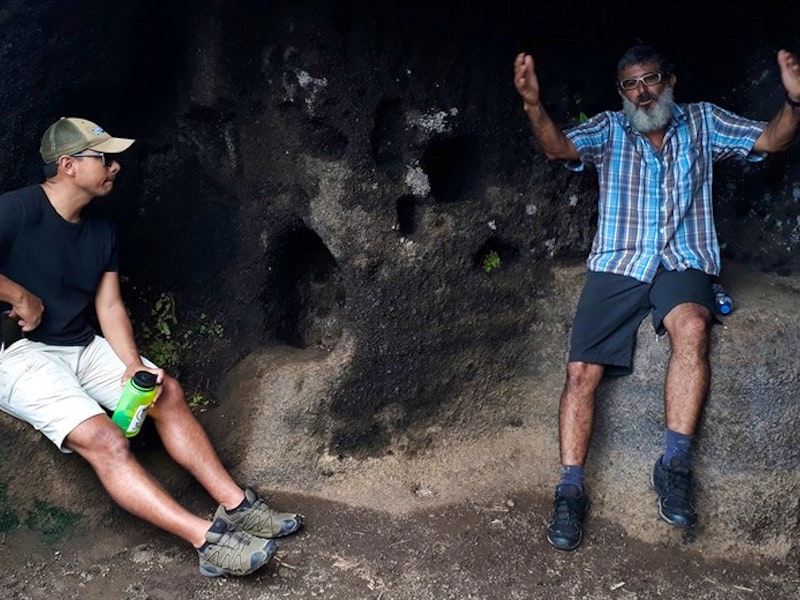
The next morning I boarded my boat bound for Isabela alongside a colony of penguins playing on Floreana’s shore. Isabela is the largest and most volcanically-active island in the archipelago. The five active volcanos and the Sierra Negra (the world’s second largest2 volcanic crater) are an exciting opportunity for exploration, while the waters around Las Tintoreras are perfect for snorkelling and are bursting with fascinating wildlife.
